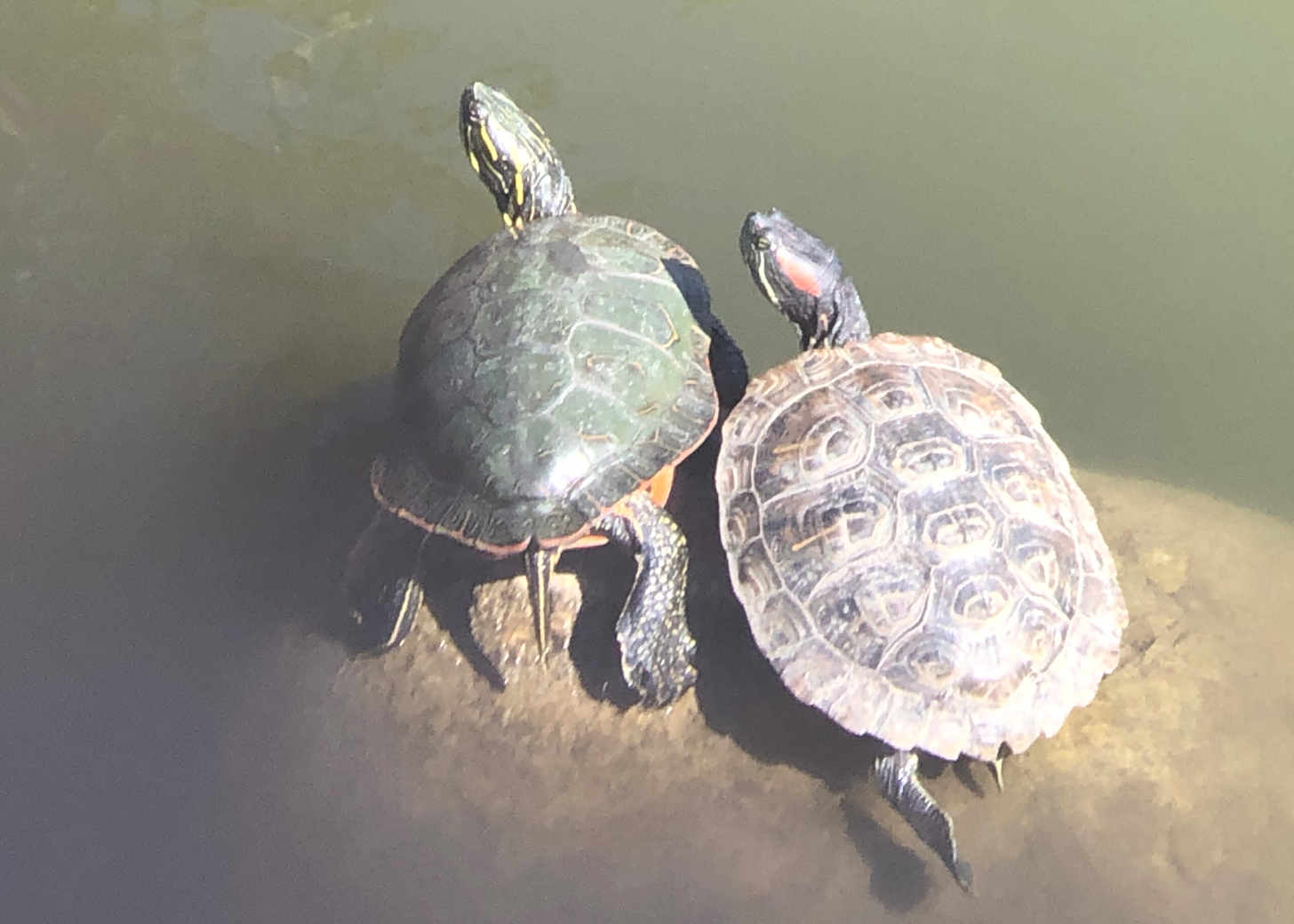Why Peaceful Relationships Start With This One Radical Choice

Podcast: Download
Subscribe: Apple Podcasts | RSS
MAUDE: I was reading our post from last week, and came across this statement, which I find very in sync with what Phil and I were discussing last night as we formulated the topic for this post: “I think we have always tended to respond to each other with a lack of tension and without any sense of threat.”
This describes a state of us being together without the need for defenses. The more Phil and I discussed this way of being together, the clearer we became that this is a core behavior of a peaceful relationship. Peaceful relationships are by their nature non-combative and are safe spaces where you know that you will not be attacked, sniped at, or any variant thereof.
At first, I was going to say this is because we know for certain that we are always on the same side. This is most certainly true, and yet that does not fully describe this way of being. This is a state where a choice has been made both individually and for the relationship. It is a choice that goes to the very center of each of the individuals: a choice for living in peace. It is not a compromise of swallowing feelings and thoughts. It is not a mental activity alone. It is an alignment with a quiet inner connection to who you are, coupled with the ability to share that with another.
This is a way of being in peace that you have found within yourself, and from that place, you are able to recognize the same place in the other person. Once you have found it within yourself, bring it into how you are in that relationship. When you do this consistently, it allows it to come forth in the other person as well.
This kind of being together doesn’t work when one person is self-absorbed or withdrawn within themselves. Open communication is a prerequisite. You have to be able to bring a certain level of interest in another being: one that involves inner work and a developed consciousness that creates in you a fearless state of being present. You are able to be quietly there with your whole self, offering that presence to the other person.
For those who choose to walk this path of peace, this core value will reside in both of you, even if it is not fully developed yet. The dance of learning how to live that within your relationship is a beautiful one; full of surprises, calm, gentleness, openness, and trust. It is freeing and precious.
PHIL: We were jamming on the idea of being undefended in a relationship: that when you are undefended, it leads to a peaceful relationship, because there is no conflict.
I can be undefended because I know that I am not going to be attacked by Maude, and this is such a deep knowing that it allows, invites, almost demands that I be open about whatever is happening for me.
This is a very deep knowing about her. It developed quite early in our relationship by being open and being heard and not being criticized, and it wasn’t until we paused and looked back that I saw its unusual nature. There is a buildup of trust that happens – openness is received, and makes it easier to be open the next time.
This trust is not just based on her actions; it is a sense of Maude, who she is. Whether you think that comes from reading body language or from a more spiritual sense, my point is that our knowing, our sense of someone, is felt. A relationship is very much in the non-verbal arena.
There are two parts to openness – besides being open about what is happening with me, it’s also about being open to what Maude is offering, whether it’s praise or suggestions or a different way of doing things. This needs a degree of introspection and a gap between stimulus and response.
If this is a challenge for you and you’re thinking, “It’s fine for you guys,” then look at what you actually want in your relationships.
If you’re looking for this quality of peace in a relationship, you need to find it in other people, too. And those who have it may actually not know that they have it, because our culture focuses so much on struggles and conflict. They may need to recognize it, to realize that they have it, and to choose to act that way. You can help by being open and undefended and asking them what they really want. Digging into wants and needs is how to uncover the needs we all have for connection.
Photo credit: Maude Mayes
Photo note: Turtles in Alice Keck Park Gardens
Read what else we have written on this topic.
Get our free weekly newsletter about how to have a harmonious relationship.
Leave a Reply